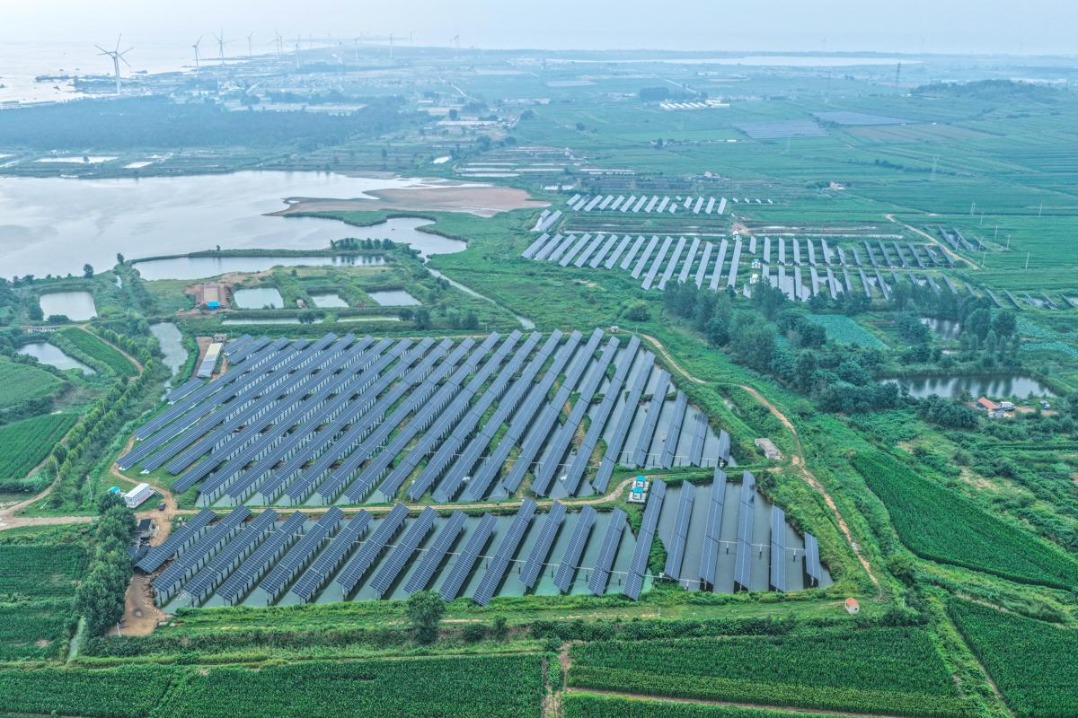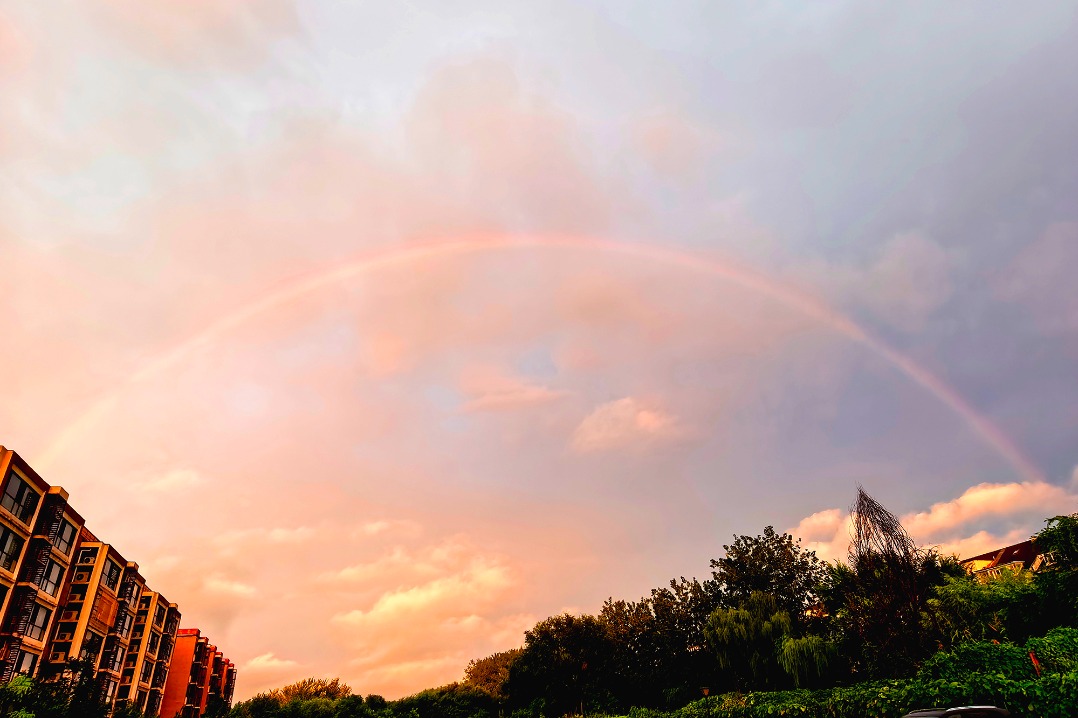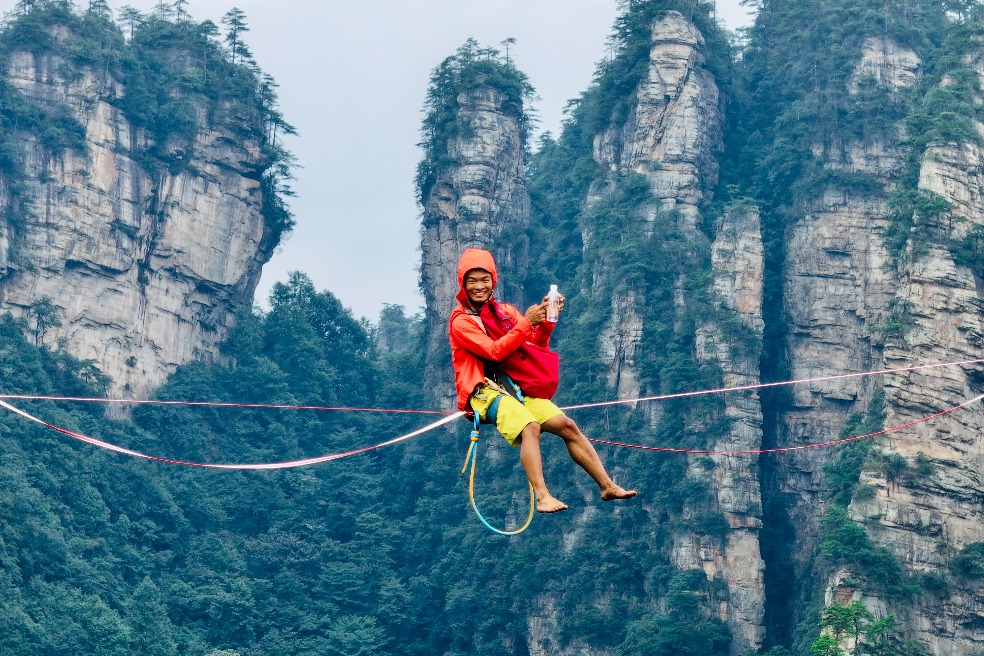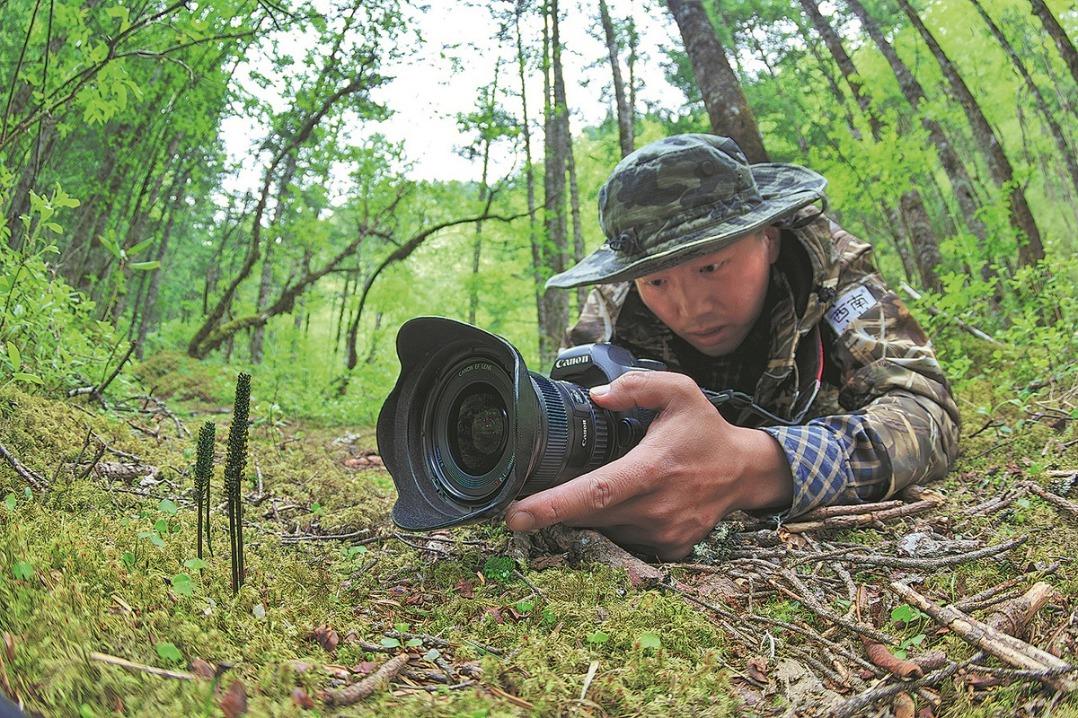Restored Oscar-winning footage shows resilience of wartime Chongqing

On Tuesday, a precious piece of history was brought back to life as restored color footage of the 8.19 Chongqing Bombing, captured 85 years ago, was unveiled to the public.
The footage is from the American documentary Kukan, originally subtitled The Secret of Unconquerable China. It was among the first American full-length color documentaries to win an Academy Award. Filmed by American war correspondent Rey Scott and co-produced by Chinese American playwright Li Ling-Ai, the film provided a rare look at the front lines and won a Special Oscar in 1942 for its raw footage of wartime Chongqing and powerful storytelling.
For decades, the film was thought lost, its only known print having vanished without a trace, making it the only Academy Award-winning documentary to be classified as missing. That changed in 2009 when Chinese American filmmaker Robin Lung discovered a surviving copy in the basement of Scott's family home.
From Aug 19 to 20, 1940, during the Chinese People's War of Resistance Against Japanese Aggression (1931-45), the Japanese forces unleashed a relentless bombing campaign on downtown Chongqing. Scott risked his life to capture the entirety of the attack.
In just 48 hours, nearly 400 bomber sorties were deployed in three waves, devastating 90 percent of Chongqing's downtown residences, commercial buildings, and infrastructure.
According to the Chongqing Air Defense Archive, the bombing was part of a broader strategic campaign dubbed "bombing into submission" by the Imperial Japanese Army Air Service and Navy Air Service. The campaign spanned from Feb 18, 1938, to Aug 23, 1943.
Data from the Chongqing War of Resistance Casualty Register reveals the extensive damage inflicted on central Chongqing and its surrounding areas. The city endured nearly 10,000 air raids, with over 18,000 bombs dropped, resulting in more than 32,000 direct deaths and injuries. Over 17,000 buildings were destroyed.
The bombings also led to indirect casualties. On the night of June 5, 1941, Japanese forces bombarded the city for over five hours. In the air raid shelters at Shibati, Shihuishi, and Ciqijie in the city's Yuzhong district, a tragic incident of suffocation and trampling occurred, resulting in thousands of casualties.
According to local authorities, most images of the Chongqing bombing were taken from the bombers' perspective. The footage from Kukan shows the experience from the eyes of the victims on the ground. It is a powerful testament to Japan's invasion of China.
Video by the Western China International Communication Organization/For chinadaily.com.cn
- Restored Oscar-winning footage shows resilience of wartime Chongqing
- 'Chinese Bridge' finalists experience Fuzhou's jasmine tea art
- Jiangxi health body rejects hospital overcharge claim
- Jiangsu Football City League sets national attendance record
- Archaeological discoveries reveal cross-Strait bonds
- China achieves major targets for rural road development ahead of schedule





































